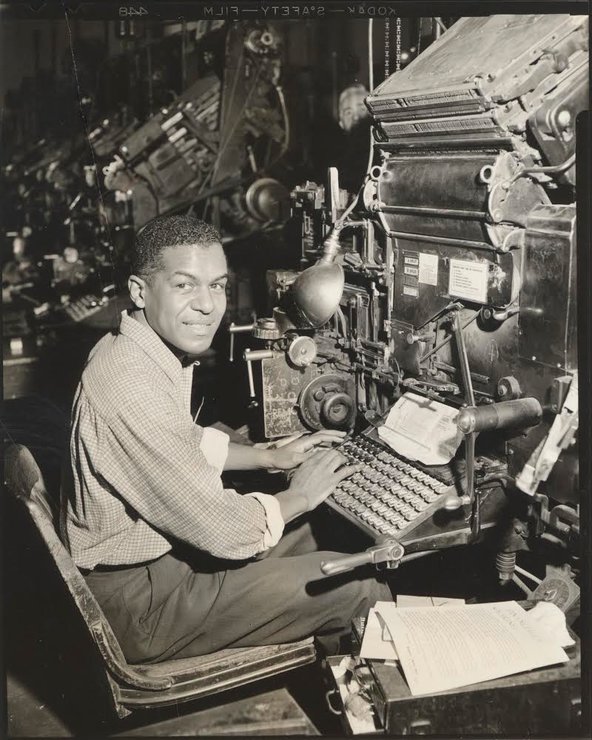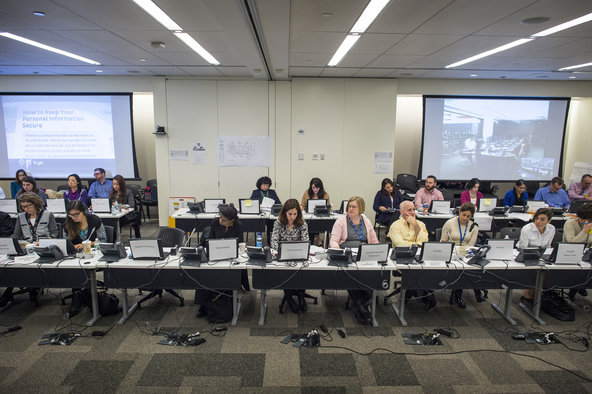David W. Dunlap is a Metro reporter and writes the Building Blocks column. He has worked at The Times for 39 years.
The New York Times has been produced in so many different ways on so many different platforms since 1978 that it would be difficult to count.
It would not be difficult to count the number of ways it was produced before then. Two.
First, there was handset type. Then, beginning in the late 19th century, there was machine-cast type. And that brings us through 127 years of Times history to the night of July 1, 1978; the last time this newspaper was produced in hot type, principally on Linotype machines that cast one line of type at a time from molten lead.
Read more…









